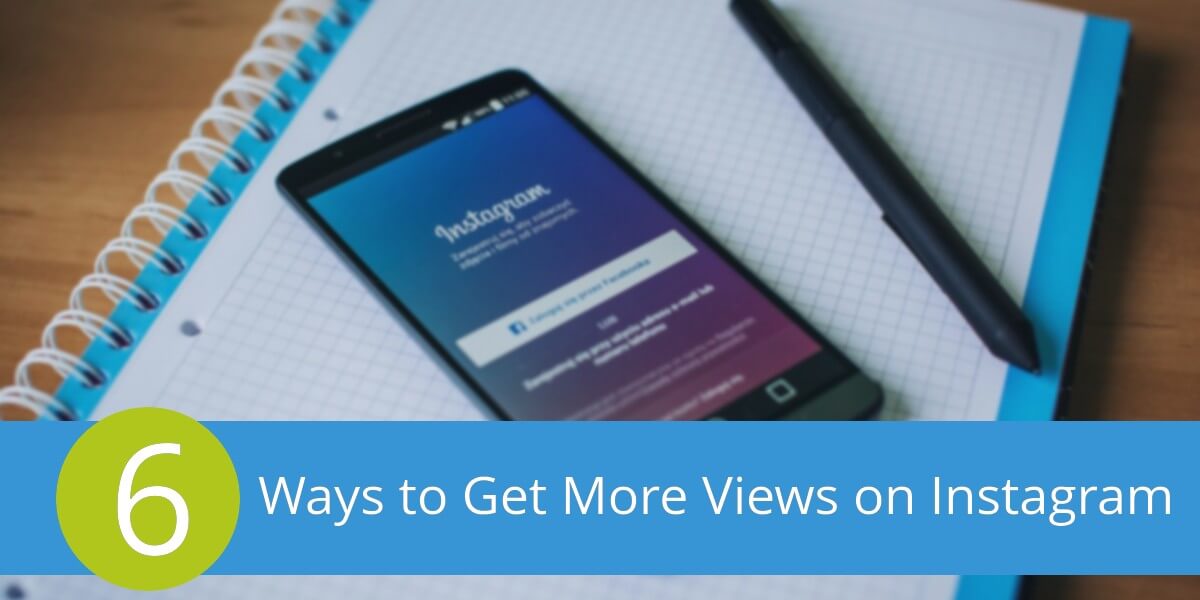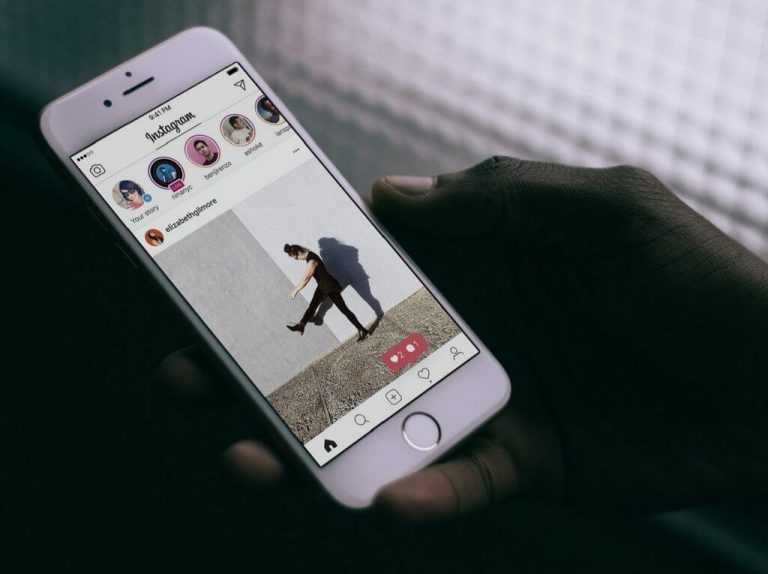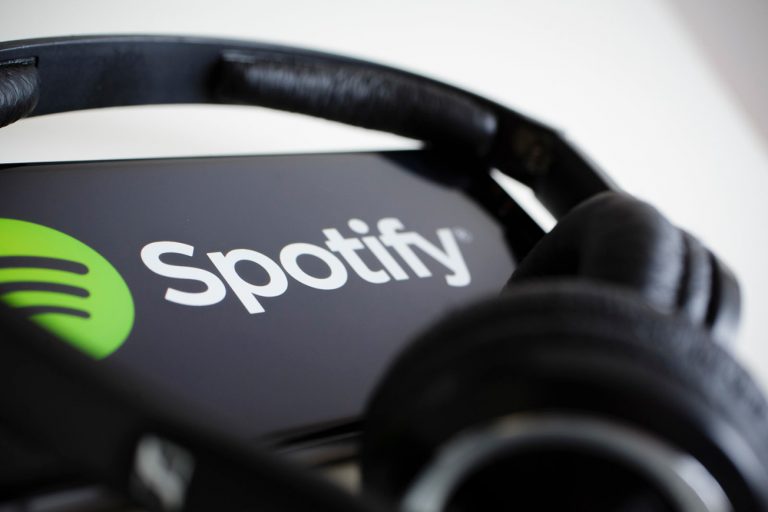
6 Tips To Get More Views on Your Instagram
1. Post Full Video Details
Before we get specifically into promotion, let’s talk about the videos themselves. Instagram recently boosted the possible length of videos on Instagram up to 60 seconds. This is an increase from the previous 15. It’s quite interesting, actually; the 15-second Instagram video limitation was specifically an answer to Twitter’s Vine video service, which specialized in 6-second microvideos. Twitter closed down Vine, and as a consequence, Instagram no longer needs the short length restriction. They don’t want to attempt to compete with YouTube, or even Facebook Videos, so they’ve kept the one minute limitation. Specifically, Instagram videos can be anywhere from three to sixty seconds long. No more, no less.
Instagram videos also have the same ratio requirements as images for the platform. That means long widescreen videos don’t work very well. You generally want portrait ratio videos, though square videos will also work. For technical details, you can’t exceed 30FPS – sorry 60FPS junkies – and you should upload using h.264 and in an MP4 format.
2. Pick the Right Hashtags
Instagram is probably the single social network with the largest reliance on hashtag usage. Many people who use the site or app will browse content via hashtag as well as by user and by their followed feed. It’s the primary way new content is discovered; people see a hashtag they like and browse it to find more content they enjoy. Using the right hashtags, then, can result in many more views, engagement actions, and follows.
To understand proper hashtag usage, you need to understand the types of hashtags. If you’re a regular reader, you know all about these, but I’ll go over them for those of you who aren’t familiar with my categories.
- Branded hashtags. These are hashtags that are specifically related to a brand, either your own or someone else’s. They can be as simple as the name of a brand as a hashtag, like #nike or #redbull, or they can be hashtags that relate to specific ad campaigns. Examples of the latter would be #oreohorrorstories for an Oreo campaign or Coke’s famous #ShareaCoke campaign.
- Narrow hashtags. These are hashtags that are specifically relevant to something about your video. It might be the name of a product in your video, it bight be a specific filmmaking style, or even a type of image filter you’re using. It’s narrow because it’s specific to the type of content, not applicable to everything you post.
- General hashtags. These are the most broad categorical hashtags that have a huge number of users and content. Things like #cute or #cats or what have you are all general tags.
- Location hashtags. These are tags relevant to the location of your brand or your video. If you’re doing an event in Rome, you would use #rome. If you’re posting a general commercial video about your location in Omaha, you’d probably use tags like #omaha and #nebraska.
Generally, you’ll be using some of every kind of hashtag. Branded hashtags are excellent to use in moderation; a couple of them will keep promoting your existing brand content and will allow brand fans to see all of your content in one place. The flip side is that branded hashtags don’t reach out and get new users. There isn’t an existing audience for a branded tag; it’s just people who already know and follow you.
3. Write a Good Description
That’s a lot of writing about hashtags, but with good reason. Hashtags are the driving force behind a majority of your visitors. The trick, then, is to convince the people who see a thumbnail and a description to hit play and watch your whole video.
One key component to convincing users to actually watch is your description. Up at the top of your video caption, you write the non-tag description in plain language.
The caption of an Instagram post, photo or video, is limited to 2,200 characters. This includes your hashtags as well as your tagged users and your description. However, when in thumbnail form and in a feed, only the first 120-140 characters are shown. It tends to vary, as Instagram seems to truncate between words rather than at a fixed character number, though I haven’t tested that recently
4. Schedule your post to be posted at peak hours
Schedule your post to be posted at peak hours. Dig into your analytics and figure out when your specific audience – or your target audience, if you’re aiming for new followers – is most active. The peak hour is the best place to post content for maximum visibility.
5. Create great content.
Create great content. This goes without saying, but also, if someone is watching your video to see whether the content is good or not, they’re already watching and count as a view. I don’t recommend a bait and switch, of course, and you should always produce good content. Still, though, the quality of the content is more going to affect engagement and follows than it will views. The exception is repeat viewers; if people see your videos and watch them, and decide your content sucks, they aren’t going to watch the next one they see.
6. Give Your Post a Paid Boost
Although getting your post featured on a Channel is awesome, it isn’t enough. You need to help your post go red hot.
After your content gets attached to the channel, you need to quickly drive lots of traffic to it. This will help push your post to top of channel, as opposed to being just listed on the channel in fifth position (or wherever it ends up being shown).
You have to get to the top spot. How?
Spend a few bucks (no more than $50) on Facebook and Twitter promoted posts. This will help quickly drive lots of traffic to your LinkedIn post.
Click Here To Buy Instagram Video Views WORLDWIDE



